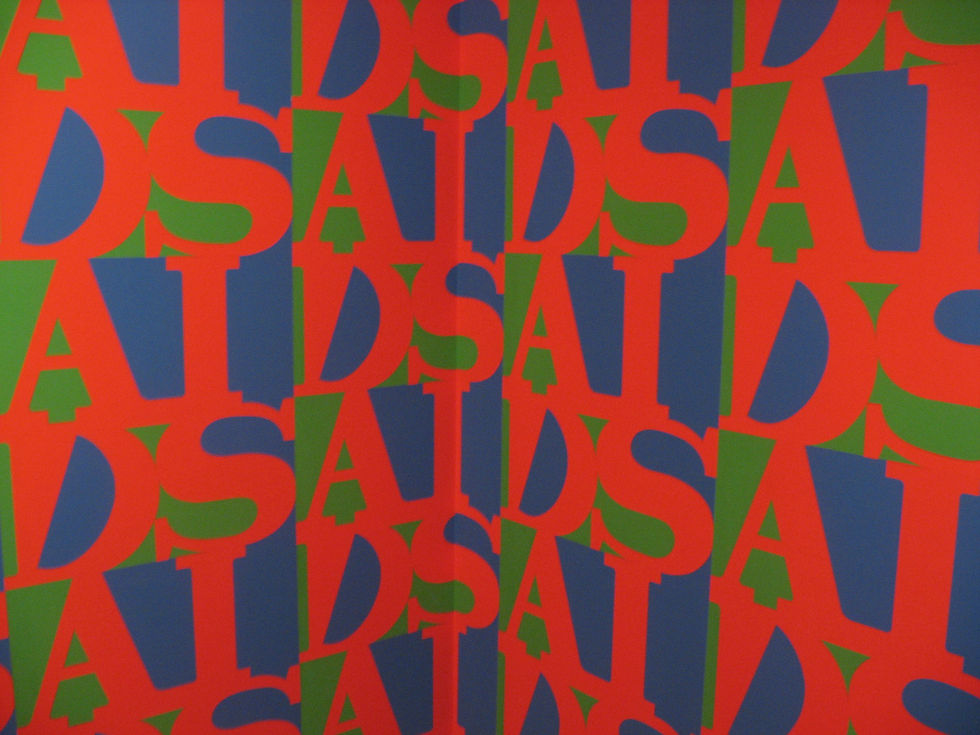What did the Author really fail to understand about ‘The Palace of Illusions’?
The Palace of Illusions, based on the Mahabharata, is more than a book; it's the Indian culture. Misrepresenting its history is a disservice



The Philippines has had the fastest-growing human immunodeficiency virus (HIV) epidemic for quite a while now. Between 2010 and 2017, there was a 174% increase in HIV incidence. The infection rates are low, however, the rate at which it has grown worldwide is concerning. The battle waged against HIV became excessively difficult to fight once the COVID-19 pandemic was declared. In an attempt to contain one virus, it hampered the war against the other. The HIV infection rate doubled from 10% between 2019 and 2020 to 21% between 2020 and 2021.
All because of an inevitable norm— lockdowns.

In pursuit of containing the SARS-CoV-2 virus, mobility was restricted. Globally, citizens of countries self-quarantined and were placed under stringent lockdowns. This continued well into 2021. No one could have anticipated the effect this would have on the Philippines. There are a rising number of residents who indulge in sex work. Coupled with the absolute lack of awareness about safe sex practices, incessant drug intake and general misinformation regarding AIDS, this is a guaranteed recipe for disaster.
Two of the most vulnerable groups are males who have sex with males (MSM) & transgender women (TSW). Years of social stigma and discrimination have made MSM uncomfortable in actively attending HIV prevention programs. The majority of them do not possess knowledge about HIV or use condoms. For the 53% that do prefer using a condom, they are unavailable. The data on transgender women, on the other hand, is ambiguous. Often, they were included under the category of MSM. There is no proper analysis on the struggles of transgender people except a brief report by WHO which collected responses from 300 transgender women with experience in sex work.
The pre-existing barriers these groups face in availing preventive care magnified when forced to remain indoors. In 2018, 26% of MSM & TGW received the prevention package (HIV information and access to free/bought condoms) and tested for HIV in the past 12 months. From 2019-2020, testing decreased by 61% and the coverage for prevention packages reduced to 17%.
These ostracised groups could avail testing facilities at primary care facilities. These included Social Hygiene Clinics (SHCs), Rural Health Units (RHUs), Health Centers (HC) and Directly Observed Treatment, Short Course (TB DOTS). Due to the pandemic, the number of people visiting these facilities decreased by half, and with a reduction in testing, treatment enrollment took a toll as well.
To achieve an AIDS-free life, UNAIDS had set a goal titled ‘90-90-90’. It aims to ensure that 90% of all people living with HIV will know their status, 90% of all people diagnosed will receive sustained antiretroviral therapy ( a combination of HIV medicines) and 90% of all people receiving this therapy will develop viral suppression. Before the pandemic, treatment and diagnosis had both increased gradually. However, the Philippines suffered an impediment in 2020. Treatment coverage remained stagnant. In an entire year, the Philippines coverage did not change from 61% in 2019. Even the people that had enrolled on treatment lost to follow up— 37% increase since 2019.
Drug intake is also a rampant issue in the Philippines. President Rodrigo Duterte’s administration launched a ‘war’ on drugs in 2016. The crackdown on illegal drugs was a brutal and rash decision, with an administration that was completely unprepared. Their approach to drug abuse was criminal instead of rehabilitative. Prisons outnumbered the rehabilitation centres. 3,000 people were killed in drug-related crackdowns, according to 2016 figures. In Cebu, a city in the central Philippines, HIV infections are driven by the sharing of contaminated needles. Instead of the criminal approach, needle exchange programs were introduced: providing new needles/syringes to injecting drug users and collecting old and used needles/syringes. However, these were stopped by Duterte’s administration and have affected its ‘war’ against HIV.

It is estimated that the total number of HIV infections in the Philippines could reach 133,800 by the end of 2021. It will triple to 331,500 by the end of 2030, according to the Department of Health, Philippines.
The irony is that— 2030 was the global target year to end AIDS.